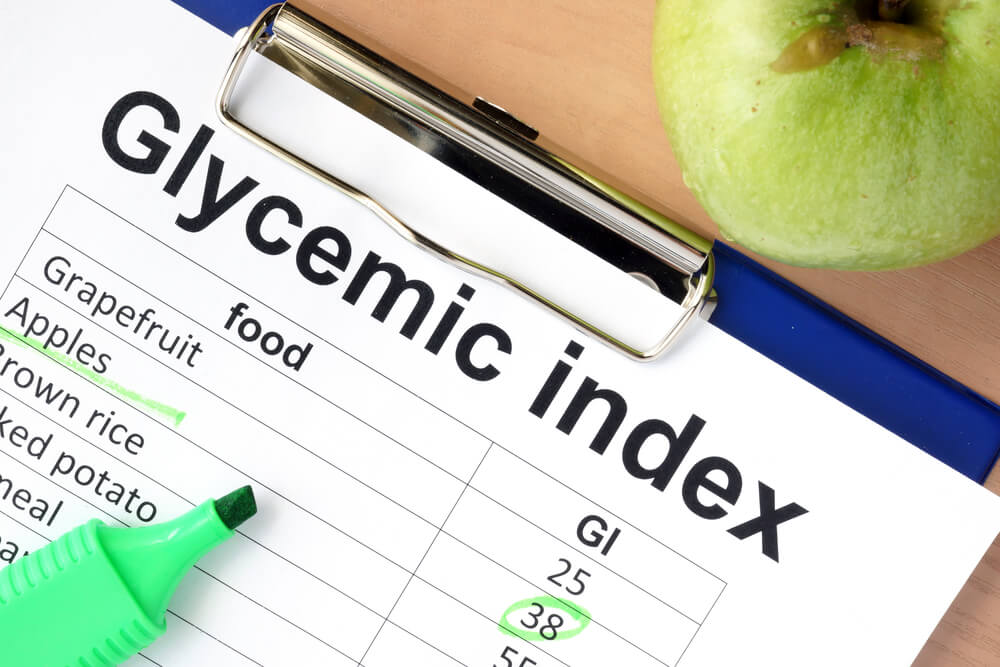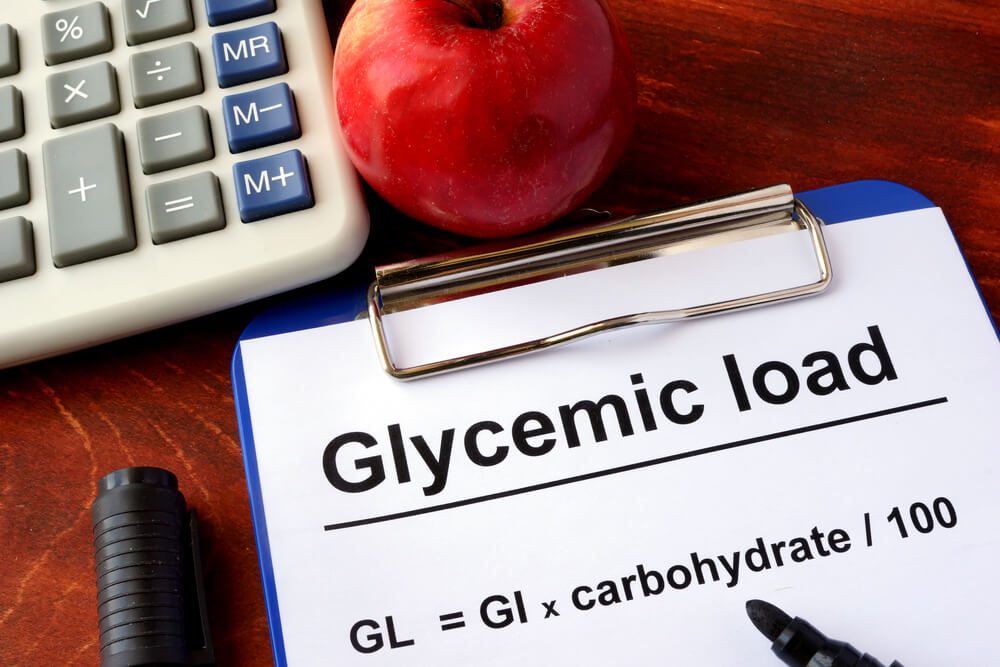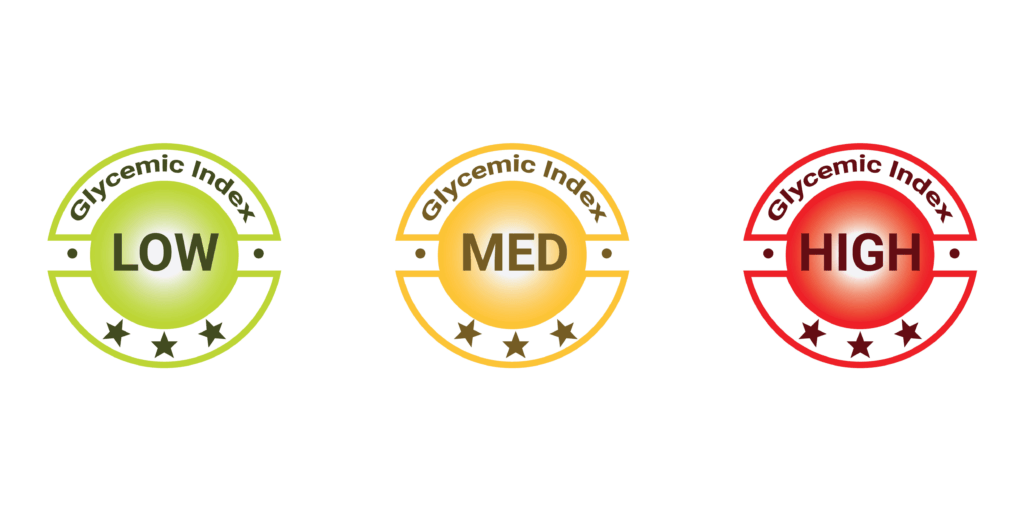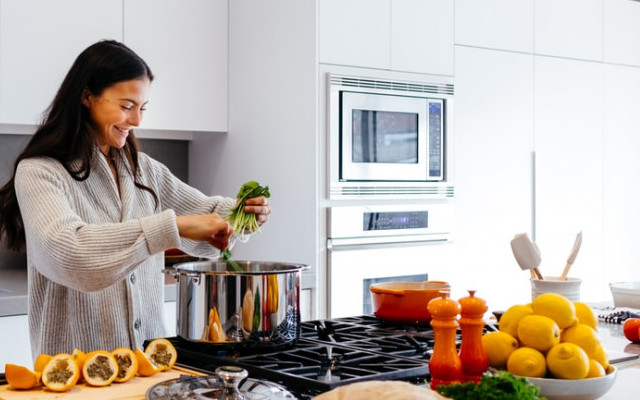What I want to specifically show you are the foods that help cure acne.
It’s important you know this so that when you have a breakout or exacerbation of your acne, you can start by looking at what you are eating and what to avoid.
As you read this article, you’ll find that we have identified the glycemic index of various foods, as well as vitamins and minerals that can help with younger-looking clearer skin.
You can research the best vitamins and minerals on online that have been designed for clear skin.
As an amazon associate, I earn from qualifying purchases. Full disclosure…
What about your “default menu”?
It is worth noting that food is life! We can’t survive without it. That being said, poor food and lifestyle choices can cause or contribute to several disorders such as acne, stroke, cancer, and type 2 diabetes.
You will not go wrong if you pay attention to what you eat. You may want to do this for a variety of reasons – whether it’s for weight loss, control of diabetes, or prevent any other food-related diseases.
Unfortunately, some people were introduced to certain diets (mostly western compared to traditional) that have formed their staple menu. Since most of these foods have a high glycemic index (GI), such persons start to break out in acne from an early age. Sadly, they may be out there looking for different ways to eradicate their acne with little or no consideration for their diet.
Glycemic Index (GI) – supportive treatment
High GI foods can contribute to a breakout or exacerbate the severity of your acne.
I have provided categories of some common foods with low, medium, and high GI values below.
If you are prone to acne, you may want to consider spending some time looking at food sources with the values that I have provided. I also encourage you to consult with your nutritionist for further input.
What GI/GL is about:

GI determines the quality of the carbohydrate you eat.

This is different to glycemic load (GL) which takes into account the quality as well as available carbohydrates (i.e. quantity).
In other words, GI tells us how quickly the carbohydrates consumed are broken down.
For example, when you eat a food item and it gets broken down quickly (irrespective of the amount of carbohydrate it contains), then the GI of that food is high.
GI Ranges
- Low GI: 1-55
- Medium GI: 56-69
- High GI: 70-100
Point to note:
Certain food items will vary slightly in GI based on the location/country of source or what form it’s in – whether processed or raw. For example, mashed potato has a high GI whereas potato crisps have a range from medium to high.
Low, Medium and High GI Foods

What we did was make an inventory of some of the items available in our fridge, pantry, or what we would normally shop for. We were then able to build a list of different food categories with varying GIs as below;
Breakfast:
Low GI: Muesli – Natural Muesli has a low GI while fruit and nut Muesli, and whole meal Muesli have a medium GI. Porridge has a low GI but other forms like rice porridge and instant oat porridge have a high GI
Medium GI: Pancake, Hi-Bran Weetbix
High GI: Cornflakes, Sultana Bran (with broad variations of + or – 13)
Vegetables:
Low, medium to high and high GIs: Spinach and cabbage have low GIs of 0. Vegetable soup, pumpkin soup (except for South African raw pumpkin with a medium to high GI) and peeled boiled carrots also have low GIs (but a contrast is boiled carrots in Canada with high GI). Potato in its boiled or mashed forms have a high GI. However, French fries could be medium to high.
Fruits:
Low: Apple, unsweetened apple juice, Mango (except Indian Mango – with medium GI), Orange (including orange juice), and Banana (except South African banana with a high GI) all have low GIs.
Medium: Australian Pineapple has medium GI (except Philippines Pineapple and unsweetened Pineapple juice with low GI). Paw-paw also has medium GI.
High: Watermelon has a high GI (but a low GL).
Bread:
Special grain bread has a low GI while white or whole wheat or whole meal bread has high GIs.
Rice:
White rice (boiled) has a high GI, whereas brown rice (broiled) has a medium GI
Legumes:
Most legumes such as kidney beans, and lentils have a low GI
Snacks:
Low: Chocolate has low GI. Although chocolate (dark or enriched) may have low GI, when consumed regularly, it can cause or worsen acne.
Medium: popcorn, potato crisps, and soda drink have medium GI
High: Rice crackers or crisps have a high GI
Sugars:
Glucose has a high GI while honey or sucrose is medium and fructose is low.
Dairy:
Apart from condensed milk with a medium GI, most milks such as lite milk, low-fat milk, and full cream have low GIs
Caution about milk and potato!
Caution about Dairy milk
Contributes to the occurrence of acne, including hormonal acne because it’s enriched in IGF-1. Since dairy/milk are full of vital nutrients the body needs such as vitamins and minerals, cutting it out can mean cutting out those vital nutrients and minerals. So, perhaps consider as alternative plant-based sources such as soy milk – which doesn’t contain IGF-1.
Caution about Potato
Rich in antioxidants but could have medium to high GI depending on its form. It is believed that it’s great for topical formulation but the key to oral consumption is MODERATION.
Foods Without GI
Also note foods without GI that positively influence glycemic control.
They include the following; meat (e.g. beef, bison, lamb, etc), seafood (e.g. tuna, salmon, etc.), Oils (e.g. olive oil, avocado oil, etc.), nuts (e.g. almonds, walnuts, etc., seeds (e.g. sesame seeds, flax seeds, etc.) and Herbs and Spices (e.g. turmeric, black pepper, rosemary, basil, cinnamon, etc.)
Food Sources with Antioxidant/anti-inflammatory Effects
- Food sources containing vitamins A, B3, C, and E are great for skin health due to their antioxidant/anti-inflammatory effects.
- Foods rich in minerals/micronutrients (e.g ZInc and Selenium) can play a supportive role in treating acne due to their antioxidant and anti-inflammatory effects as well.
- Foods rich in omega fatty acids (essentially Omega-3 fatty acids) are beneficial in reducing or preventing acne owing to their antioxidant and anti-inflammatory effects.
RELATED ARTICLE: Clear up Acne Fast: Natural Oral Vitamins and Minerals
Vitamins
Vitamin A (retinol)
Sources include carrot, spinach, tuna
Vitamin B3 (niacinamide):
Mainly found obtained from animal sources such as include liver, chicken breast, salmon, tuna, etc.
Vitamin C (L-ascorbic acid)
Some common sources include green-leafy vegetables (e.g spinach), oranges, and kiwifruits.
Vitamin E (also known as alpha-tocopherol)
Sources include avocado, kiwifruit, spinach, almond, paw-paw, etc.
You can research vitamins on online that can help with younger-looking clearer skin.
Minerals
– Zinc
Plant sources that are low in calories are Canola oil, Flaxseed/Flaxseed oil, and Soy food varieties. Legumes like Beans, Lentils.
– Selenium
Can be found in brown rice, white button mushrooms etc.
Omega-6 fatty acid
y-Linoleic acid: An omega-6 fatty acid has anti-inflammatory benefits against acne. It can’t be produced by humans, so it’s only obtained from external sources. Examples of sources include chicken, potato chips/fries and pasta, etc.
You can research the best minerals on online that have been designed for clear skin.
RELATED ARTICLE: Clear up Acne Fast: Natural Topical Vitamin A and Linoleic Acid
Take Home Points!
- Have a dietary plan that will incorporate a low GI diet (and if possible, consult a nutritionist)
- It could take as long as 12 weeks to start noticing the effect of dietary changes on your acne.
- Go for foods or healthy snacks with low GIs. However, note that dairy/milk and chocolate (with low GIs) can exacerbate acne. So, consume plant source instead such as soy milk. This goes for chocolate lovers – cutting back on this could be helpful.
- Several cosmetic companies incorporate various naturally occurring antioxidants/anti-inflammatory substances in their topical products. Therefore, it will make sense to look out for such topical applications (as discussed in subsequent topic).
- Low GI/GL diets also have other added benefits such as weight management, blood glucose control in diabetics or reducing risks of type 2 diabetes as well as cardiovascular diseases.
- It’s understood that many people run away from medical interventions out there due to grave side effects they have endured. However, if seeking an alternative and complementary treatment for acne, it will help to liaise with your doctor to get an input and accurate assessment of the severity of your acne.
- In subsequent topics, we’ll consider how to clear up acne fast, use of naturally ingredients for both oral and topical, reviewing the pros and cons of alternative treatments vis-à-vis medical intervention etc.
We will like to hear from you, so please leave us a comment below if you enjoyed this content, or share with us what your experiences have been in relation to diet and acne.

High profile contents indeed. The Take Home Points really for easy and quick remembrance are quite useful
Thank you for your feedback. Very appropriated. I’m glad that the take home points do help!